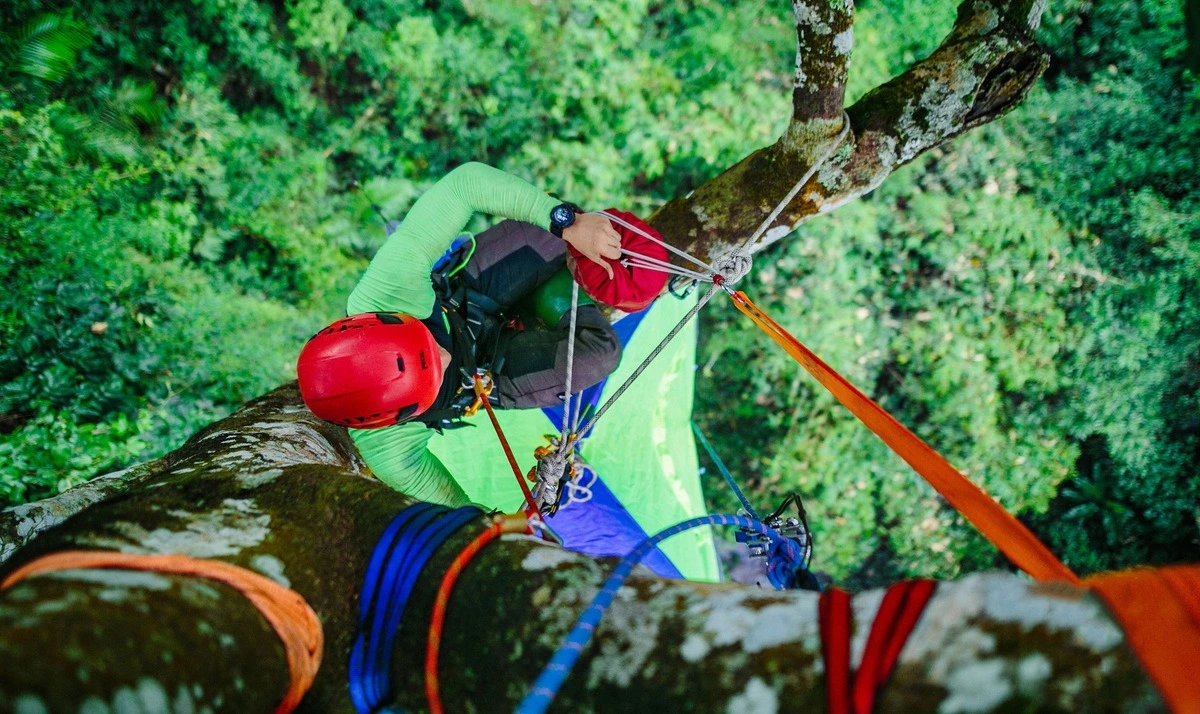
Different from glamping - camping with facilities to help players relax and enjoy - bushcraft camping (wild camping) is a survival camping activity in the natural environment. Bushcraft camping usually takes place in the forest, where there are few human footprints. Players rely on nature to find food, drink, find their own place to sleep, and always have to be vigilant about what nature will bring.
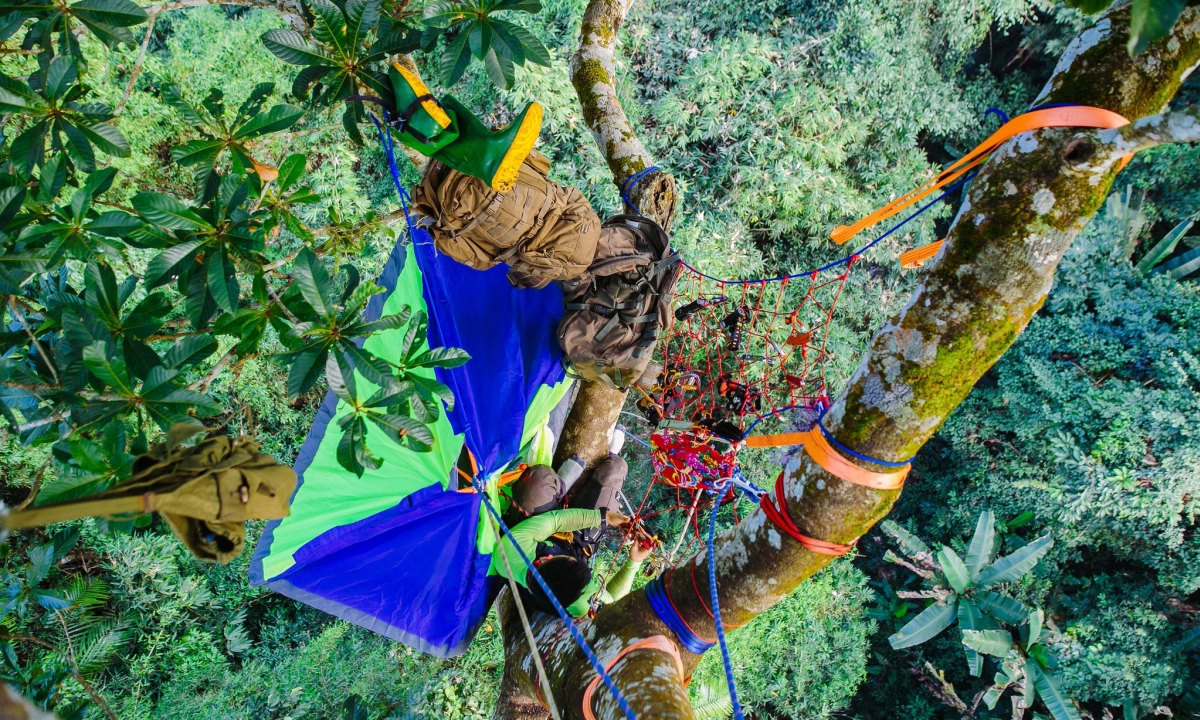
To survive in the forest, in addition to setting up shacks and camps with natural materials, players can also sleep in hammocks in trees at a height of tens of meters. This activity requires a lot of skills to ensure safety, not everyone can experience it. In return, participants have the experience of lying in the middle of the mountains and forests, listening to the sounds of nature, enjoying a different feeling from sleeping in concrete rooms in the middle of the city.

As an enthusiast of jungle and wild camping, Mr. Nguyen Duc Binh, Hai Duong, often chooses forests in Tuyen Quang, Hoa Binh, Ha Giang to experience bushcraft camping.
His last trip was on February 14-17 at Cham Chu Mountain, Tuyen Quang Province. Before this trip, he spent a year learning about Arborist or Tree care. "The worker uses protective equipment, climbs tall trees to prune branches," he explained.
The skills Mr. Binh learned from climbing, how to hang a hammock on a tree, and protect trees were applied during the last trip. During this trip, Mr. Binh's group slept in a hammock on a tree 40 m from the ground.
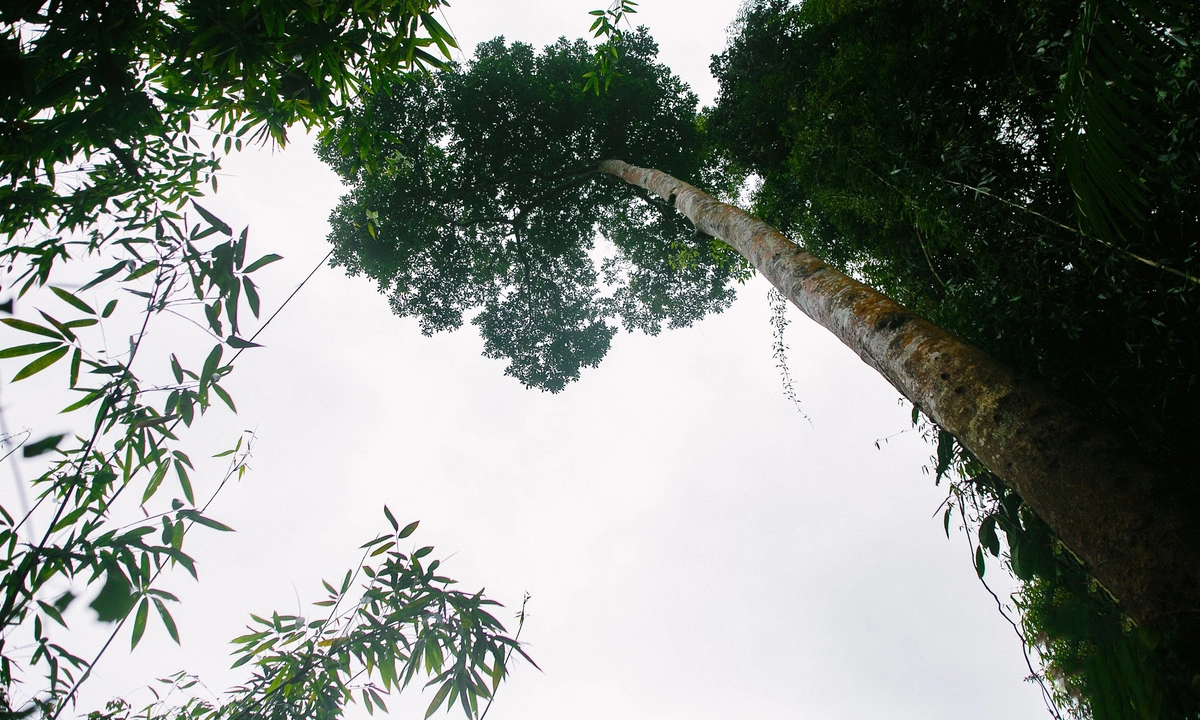
Before the trip, Mr. Binh surveyed the destination twice, a few months in advance. The purpose of the survey trip is to choose a suitable location, with a water source, with tall, straight trees, suitable for hanging hammocks. After that, Mr. Binh learned about the surrounding environment, looked for edible plants, fruits, vegetables, and tubers and checked for reptiles, poisonous insects or wild animals that could live nearby.
Suitable spots are usually deep in the forest, where there are many ancient trees, near streams. In the last survey, Mr. Binh selected a tree with a height of about 45 m, the diameter of the stump was about the size of the hug of the two people.
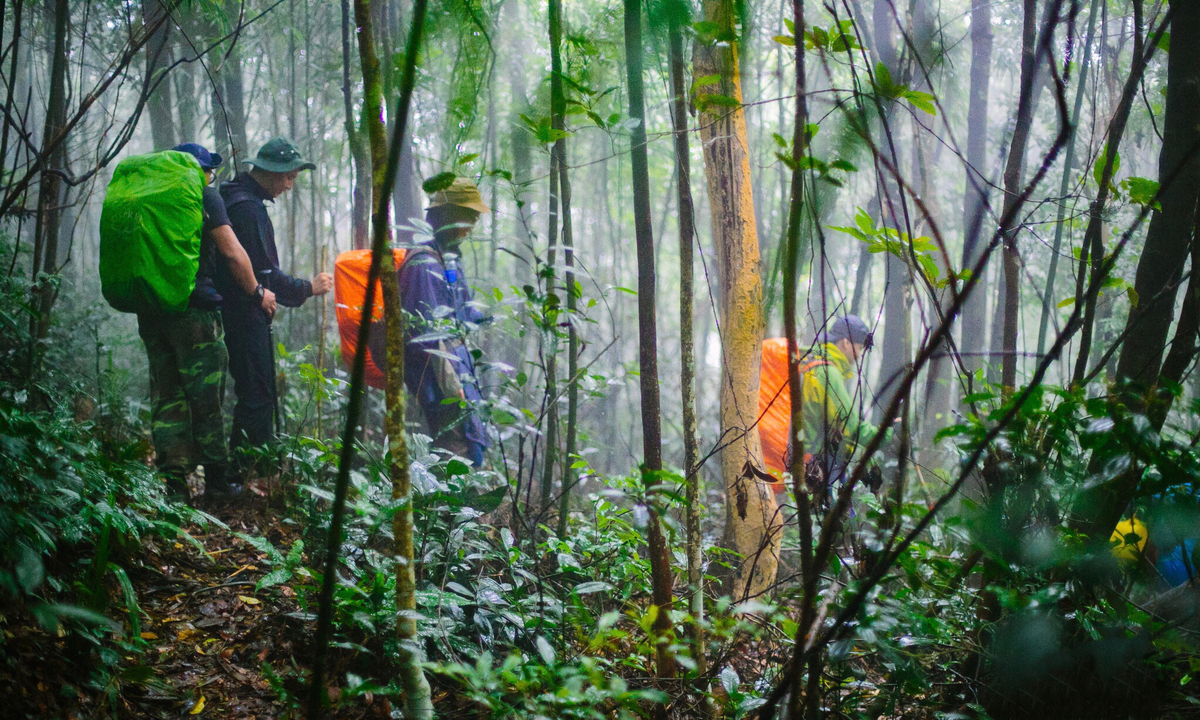
Before leaving, he and the members of the delegation calculated the number of equipment they needed to bring to optimize the weight because in the forest it was mainly walking, which was quite laborious. This time, the delegation's equipment was stored in two backpacks, with a total weight of about 55 kg.
On February 14, the whole group rode a motorbike to Cham Chu mountain and walked to the location Mr. Binh chose. The distance from the foot of the mountain to the tree is about 10 km, of which 5 km is traveled by motorbike. With the remaining walking distance, the equipment is divided equally among the members who carry it.
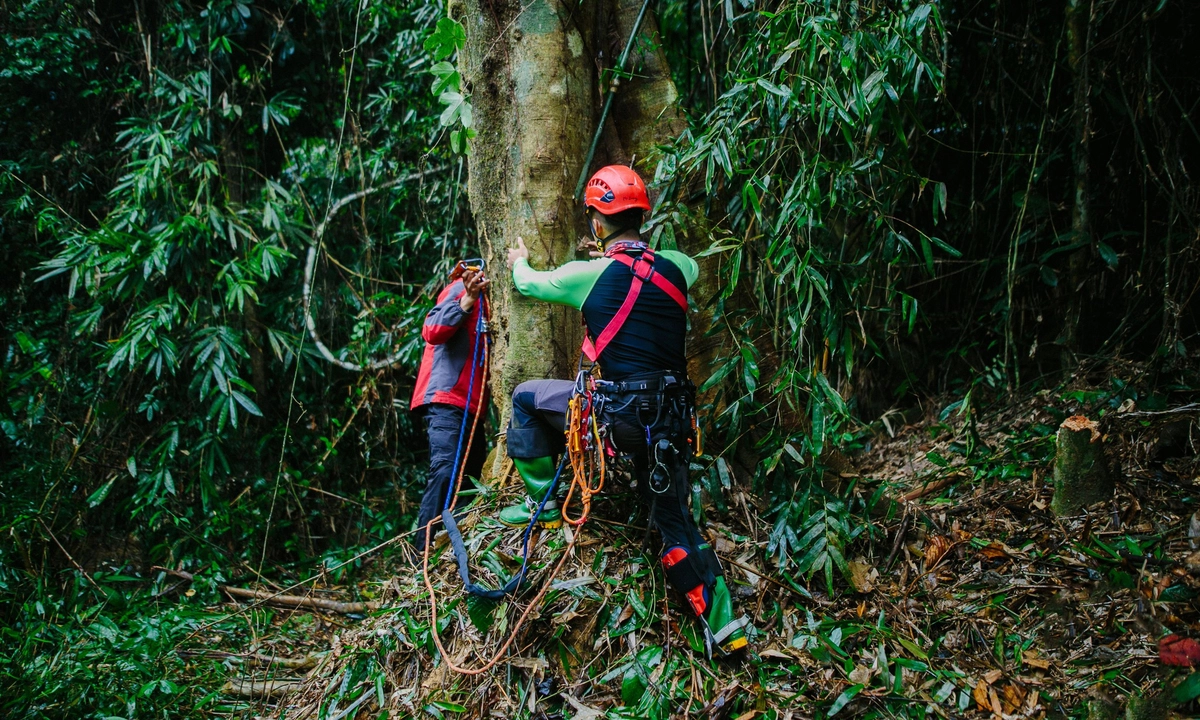
It took nearly 3 hours for the four members to clean and prepare the space under the tree before getting caught in the hammock.
After having space, a member of the delegation will wear nail shoes, wear specialized tree vines to climb high, find a suitable position to attach the rope to the branch, arrange more attachment points for the climber later. After that, some members on the ground will climb up to get caught in the hammock together.
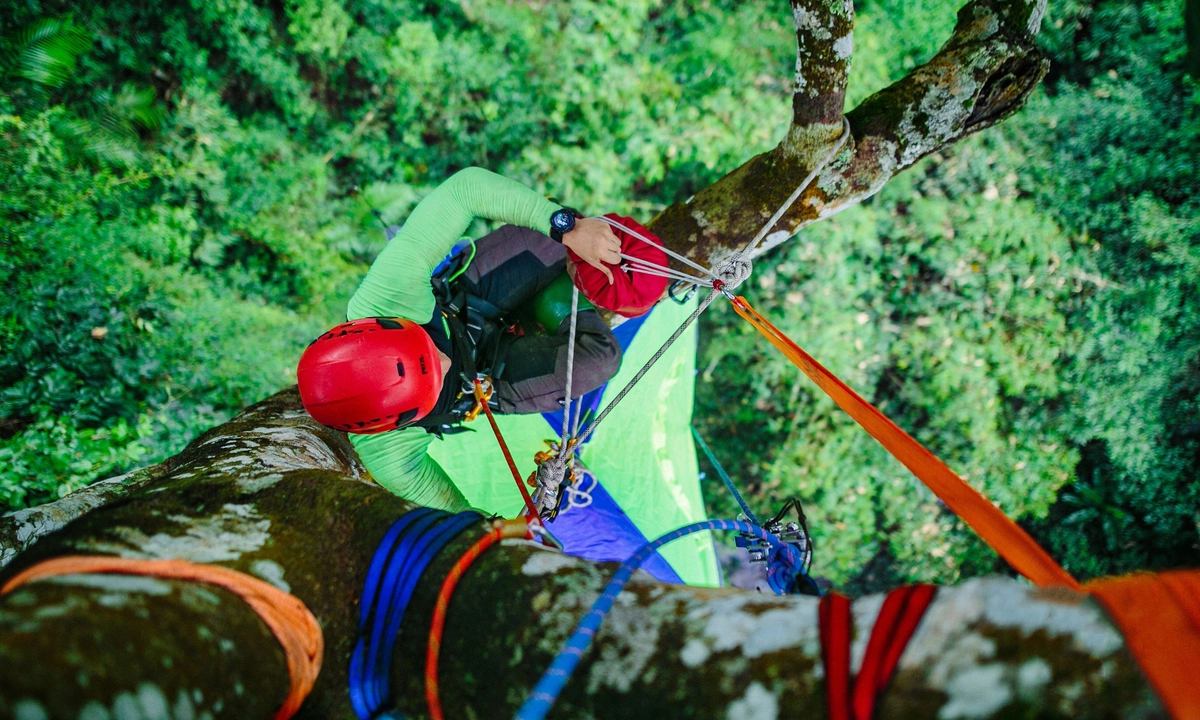
The delegation is divided into two groups, one group is on the ground to support, the other group above will pull tents, hammocks and necessary items to the top of the tree.
Some basic tools include vines, seat belts, keychains to connect wires to devices, brake locks for convenient movement up and down. On this trip, Mr. Binh used a special tent from abroad because Vietnam does not currently have this type.

When stepping out of the forest canopy, in front of Mr. Binh is an airy, large space, filled with light with the green of the mountains and forests. Compared to the trees under 25 m tall that he had climbed before, the distance of 40 m on this trip gave him a sense of satisfaction when "sleeping in the middle of the old forest".
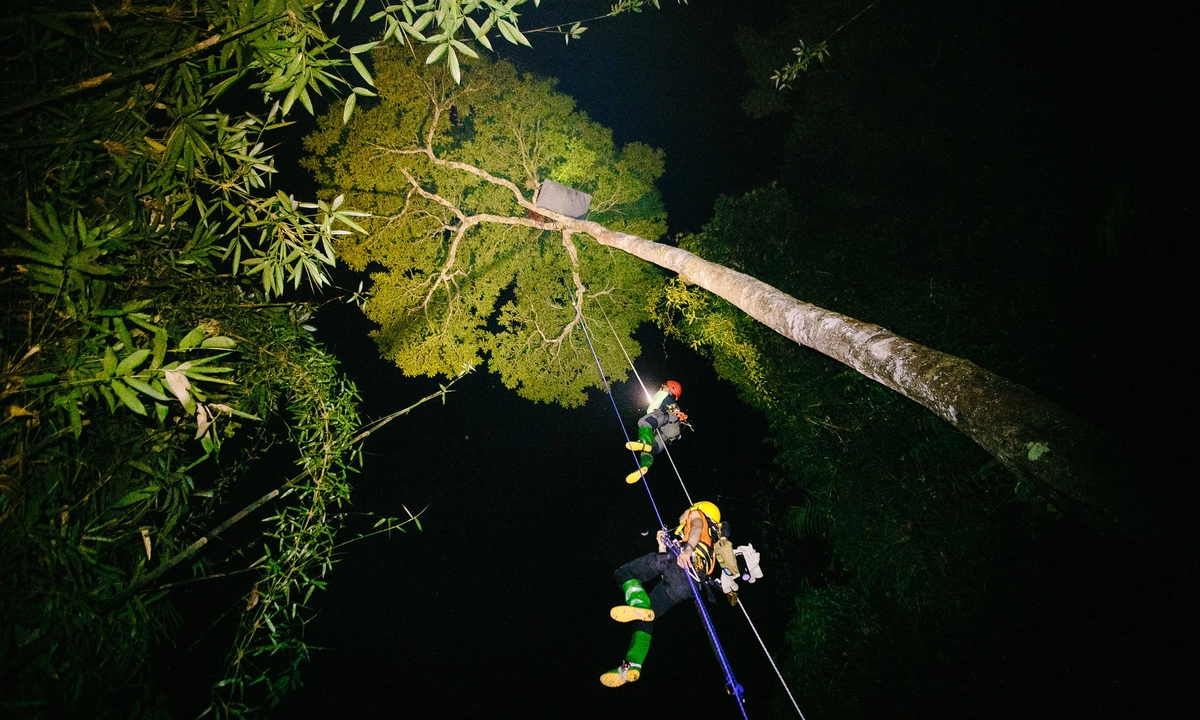
In the evening, Mr. Binh climbed the top of the tree, turned off all the lights and felt the wild and primitive look of the forest. Above, "you can hear very clearly the echoes of the old forest mixed with the sound of insects chirping," he shared.
Although it helps to satisfy exploration and adventure, at this altitude, players face more challenges than camping underground. Some incidents can be life-threatening such as broken vines, broken branches, and beehives.
Mr. Binh noted that players should pay special attention to the weather, rainy days are quite dangerous for climbing trees. If going to the forests in the North, players should go in winter, the weather is dry, and there is no erratic rain and wind like in summer.

Beginners should spend time carefully learning about the operation of using equipment, safety rules, learning about survival skills such as self-first aid, distinguishing poisonous animals and plants.
In addition to learning through online forums and videos, players need to practice many times from a low level to draw experience for each situation. In case the psychology is not strong enough, players should go camping in groups or go with experienced people. If you go to places where there is no phone signal, you need to have a plan to leave the location and coordinates for relatives and friends. Always carry first aid equipment with you in case of emergency.
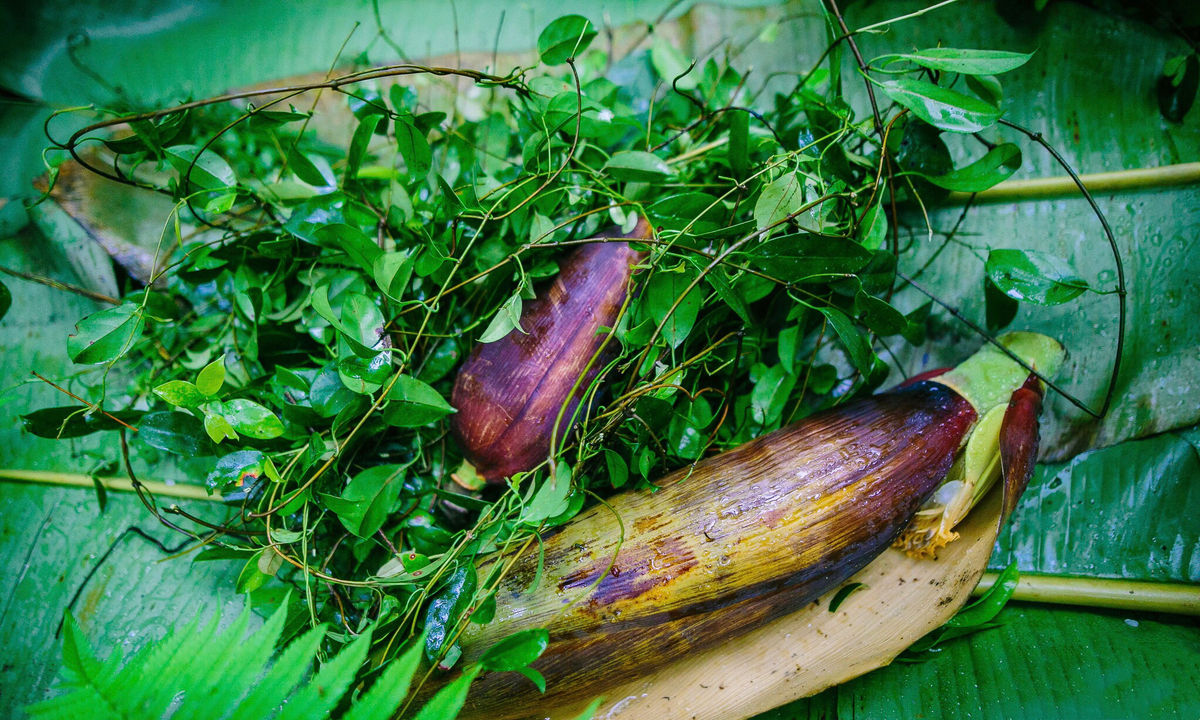
Each forest will have its own ecosystem, which needs to rely on the environment there to find food. On the way, players need to observe if there are edible plants such as vegetables, palm leaves, palm cores, banana flowers, forest clouds, and green moss under the stream. Some of the animals that can be caught in the forest are stream fish, crabs, stone snails, frogs, and mice.
To ensure the amount of food, each group usually limits the number of members to less than 10 people. Mr. Binh especially noted that before planning, players should notify and be allowed to enter the forest, committing not to hunt rare animals or chop and destroy precious wood trees in the forest.
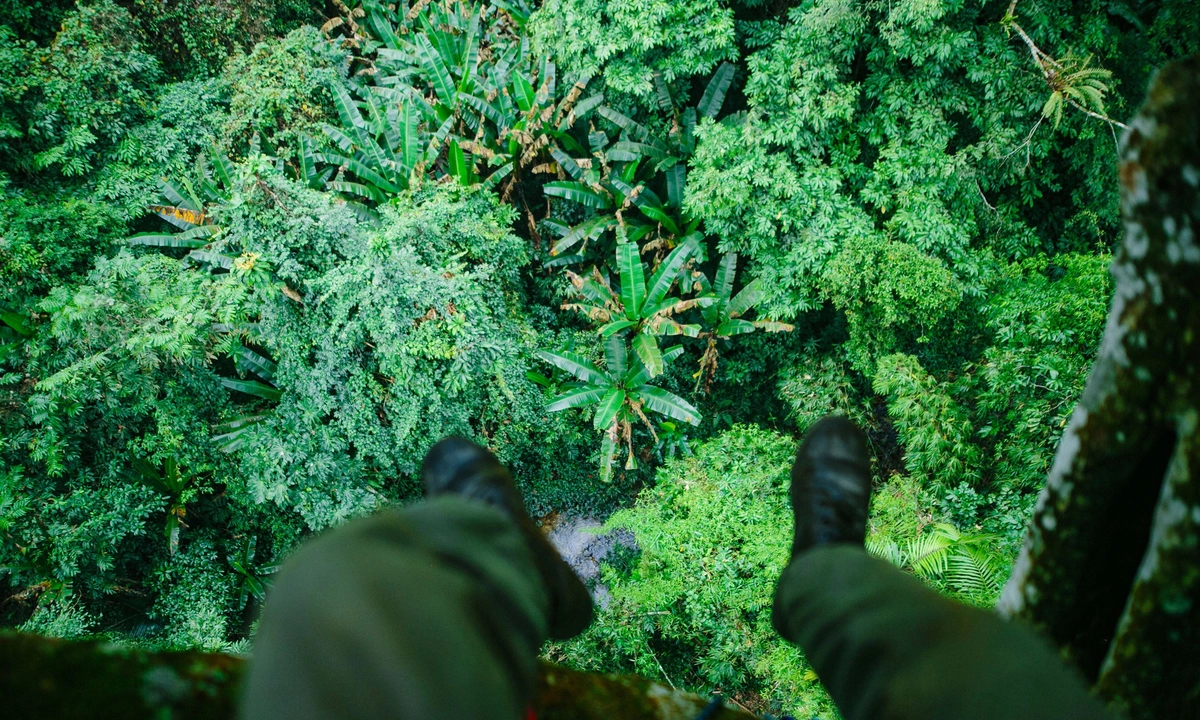
Due to having to meet many skills, knowledge, physical fitness and high potential risks, this type of camping is not popular in Vietnam. In addition to the above factors, participants need to have the finances to buy a variety of equipment as well as "play", accept dangers and find ways to survive in the deep forest, without electricity, water, phone waves or the Internet.
According to VnE
Image: Nguyen Duc Binh
